Cow anatomy is an interesting and important topic for those who own or work with cows. Understanding the different parts of a cow is essential for proper care and management. In this article, we will explore the different external parts of a cow, including their functions and importance.
Table of Contents
Cows
Let’s start with the external body parts of a cow. A cow has many different parts, including the head, neck, legs, hooves, and tail. The head of a cow contains the mouth, nose, eyes, ears, and horns. The neck connects the head to the body and is a vital part of the cow’s anatomy. The legs and hooves are important for the cow’s movement and balance. The tail is used for swatting flies and other insects.
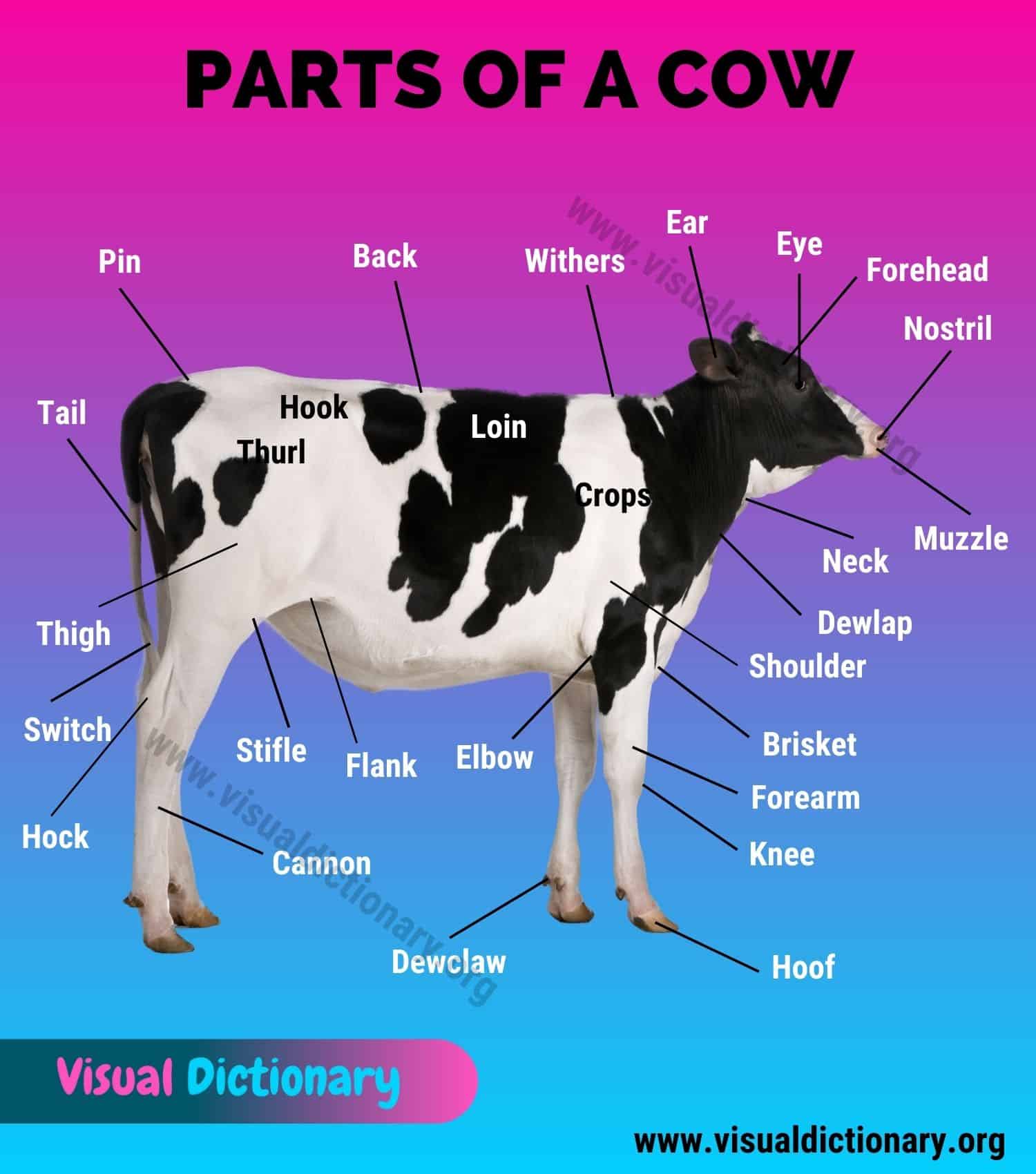
Moving on to the internal body parts of a cow, we have the digestive system, respiratory system, nervous system, and circulatory system. The digestive system of a cow is unique, as it contains four stomach compartments: the rumen, reticulum, omasum, and abomasum. These compartments work together to break down food and extract nutrients. The respiratory system of a cow includes the lungs and airways, which are responsible for breathing. The nervous system of a cow includes the brain, spinal cord, and nerves, which control the cow’s movements and behavior. Finally, the circulatory system of a cow includes the heart and blood vessels, which transport oxygen and nutrients throughout the body.
Cow Anatomy
Head Structure
The head is an essential part of a cow’s body, as it contains sensory organs and plays a crucial role in feeding and breathing.
Eyes
The eyes of a cow are located on the sides of its head and are large and round. They provide the cow with excellent vision, allowing them to detect movement and distinguish colors. The cow’s eyes also have a third eyelid, which helps protect the eye from dust and debris.
Ears
A cow’s ears are located on the sides of its head and are used to detect sound. They are large and can move independently, allowing the cow to locate the source of the sound. The ears of a cow are also used to regulate body temperature, as they contain a network of blood vessels.
Nose
The nose of a cow is located at the front of its head and is used for breathing and smelling. The cow’s nose is highly sensitive and can detect different odors, allowing them to locate food and identify other cows.
Mouth
The mouth of a cow is located beneath its nose and is used for eating and drinking. The cow’s mouth contains several teeth, which are used for grinding and chewing food. The cow’s tongue is also an essential part of its mouth, as it helps move food around the mouth and into the digestive system.
Body Structure
Neck
The neck of a cow is long and muscular. It connects the head to the body and allows the cow to move its head and graze on grass. The neck is made up of seven cervical vertebrae and is covered in thick skin and fur. The neck also contains important blood vessels and nerves that supply the head and brain.
Back
The back of a cow is muscular and firm. It provides support for the body and allows the cow to stand and walk. The back is made up of thoracic vertebrae and has a slight curve. The back also contains the spinal cord, which is a vital part of the nervous system.
Ribs
The ribs of a cow are long and curved. They protect the vital organs such as the heart and lungs. The ribs are attached to the thoracic vertebrae and are covered in muscle and skin. It is important to note that the number of ribs in a cow can vary depending on the breed.
Tail
The tail of a cow is long and serves many purposes. It helps to swat away flies and other insects, and also helps to balance the cow when it is standing or walking. The tail is made up of vertebrae and is covered in hair and skin. It is also an important indicator of the cow’s mood, as a happy cow will often hold its tail up high.
Legs and Hooves
Forelegs
The forelegs of a cow consist of the shoulder blade, upper arm, forearm, knee joint, and lower leg bones. The shoulder blade is attached to the spine and the upper arm bone. The forearm consists of two bones, the radius and the ulna. The knee joint is similar to a human’s wrist joint and is responsible for the flexion and extension of the forearm. The lower leg bones include the cannon bone, splint bones, and pastern bones.
Hind Legs
The hind legs of a cow are responsible for propulsion and support. They consist of the hip bone, thigh bone, lower leg bones, and hock joint. The hip bone is attached to the spine and the thigh bone, which is the longest bone in the cow’s body. The lower leg bones include the cannon bone, splint bones, and pastern bones. The hock joint is similar to a human’s ankle joint and is responsible for the flexion and extension of the lower leg.
Hooves
The hooves of a cow are made up of two main parts, the outer hoof wall and the inner soft tissue. The outer hoof wall is made up of keratin and protects the sensitive inner tissue from damage. The inner soft tissue, also known as the corium, contains blood vessels and nerves that supply nutrients and sensation to the hoof. The corium produces the outer hoof wall and helps to maintain its shape and growth.
Skin and Coat
As we look at the external parts of a cow, the skin and coat are some of the most prominent features. A cow’s skin is an important organ that serves several functions, including protection against physical damage, regulation of body temperature, and prevention of water loss.
The skin of a cow is covered with hair, which varies in color and texture depending on the breed. The hair is an important part of the cow’s coat, which provides insulation against cold weather and helps to repel insects and other pests.
Cows have sweat glands in their skin, which help to regulate body temperature by producing sweat. However, cows are not as efficient at sweating as humans, which means that they are more susceptible to heat stress in hot weather.
In addition to the hair and sweat glands, the skin of a cow also contains sebaceous glands, which produce oil that helps to keep the skin and hair healthy and moisturized.
Unique Features
Horns
One of the most striking features of cows is their horns. Horns are made of keratin, the same material as human hair and nails. They are attached to the cow’s skull and are used for a variety of purposes, including defense and social interaction.
Male cows, also known as bulls, typically have larger and more prominent horns than female cows. Some breeds of cows, such as the Texas Longhorn, have particularly long and curved horns that can span up to 7 feet in length.
It is important to note that not all cows have horns. Some breeds, such as the Holstein, have been selectively bred to be hornless, also known as polled.
Udder
The udder is another unique feature of cows. It is the mammary gland that produces milk for the cow’s offspring. The udder is made up of four quarters, each with its own teat.
The size and shape of the udder can vary greatly depending on the breed of cow and the stage of lactation. A cow’s udder can hold up to 50 liters of milk, which is an incredible amount.
It is important to note that cows should be milked regularly to prevent discomfort and potential health issues. Milking cows is typically done using machines, which are designed to gently extract milk from the udder without causing harm to the cow.
Parts of A Cow | List
- Pin
- Tail
- Thigh
- Flank
- Switch
- Stifle
- Hock
- Cannon
- Heel
- Back
- Hook
- Thurl
- Loin
- Fore udder
- Teat
- Toe
- Elbow
- Dewclaw
- Shoulder
- Knee
- Hoof
- Forearm
- Dewlap
- Neck
- Muzzle
- Nostril
- Eye
- Forehead
- Horn
- Ear
- Withers
- Tongue
- Rump
- Brisket
- Leg
Frequently Asked Questions
What are the external body parts of a cow?
As we all know, cows are large animals with many external body parts. Some of the external body parts of a cow include the forehead, eye, nostril, muzzle, neck, dewlap, shoulder, brisket, knee, hoof, dewclaw, chest floor, elbow, fore udder, teat, and toes. These body parts vary in size and shape, and they all serve different purposes.
What are the internal body parts of a cow?
A cow’s internal body parts are just as important as its external body parts. The internal body parts of a cow include the rumen, reticulum, omasum, and abomasum, which make up the cow’s stomach. Other internal body parts include the heart, lungs, liver, spleen, kidneys, and intestines. These internal body parts are crucial for the cow’s survival and overall health.
What are the body parts of a cow used for?
Cows are used for a variety of purposes, and their body parts are used in many different ways. For example, cows are often raised for their meat, which comes from their muscle tissue. Other body parts, like the heart, liver, and kidneys, can be used for human consumption as well. Additionally, cow hides are used to make leather, and cow milk is used for human consumption and to make other dairy products like cheese and butter.
What are the edible parts of a cow?
As we mentioned earlier, many parts of a cow are edible. The most commonly consumed part of a cow is its muscle tissue, which is often referred to as beef. Other edible parts include the heart, liver, kidneys, tongue, and tripe. These parts are often used in traditional dishes in many cultures around the world.
What is the scientific name for the belly of a cow?
The scientific name for the belly of a cow is the “abdomen.” The abdomen is a crucial part of a cow’s digestive system, as it contains many of the organs responsible for breaking down food and absorbing nutrients. Without a healthy abdomen, a cow would not be able to survive.
Related terms:

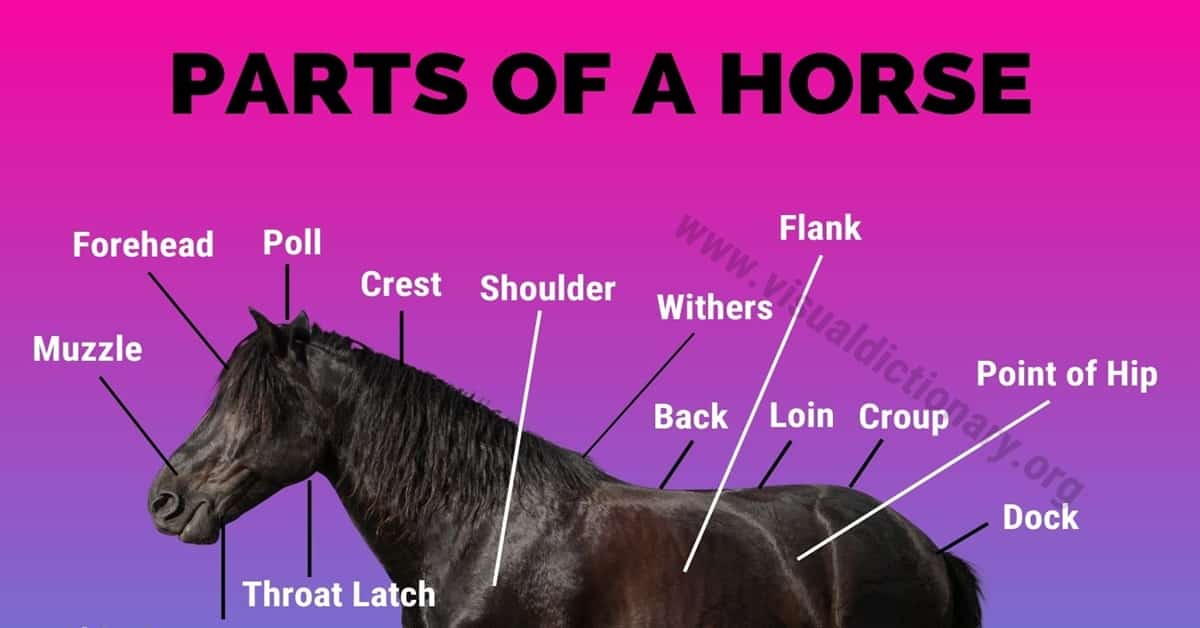
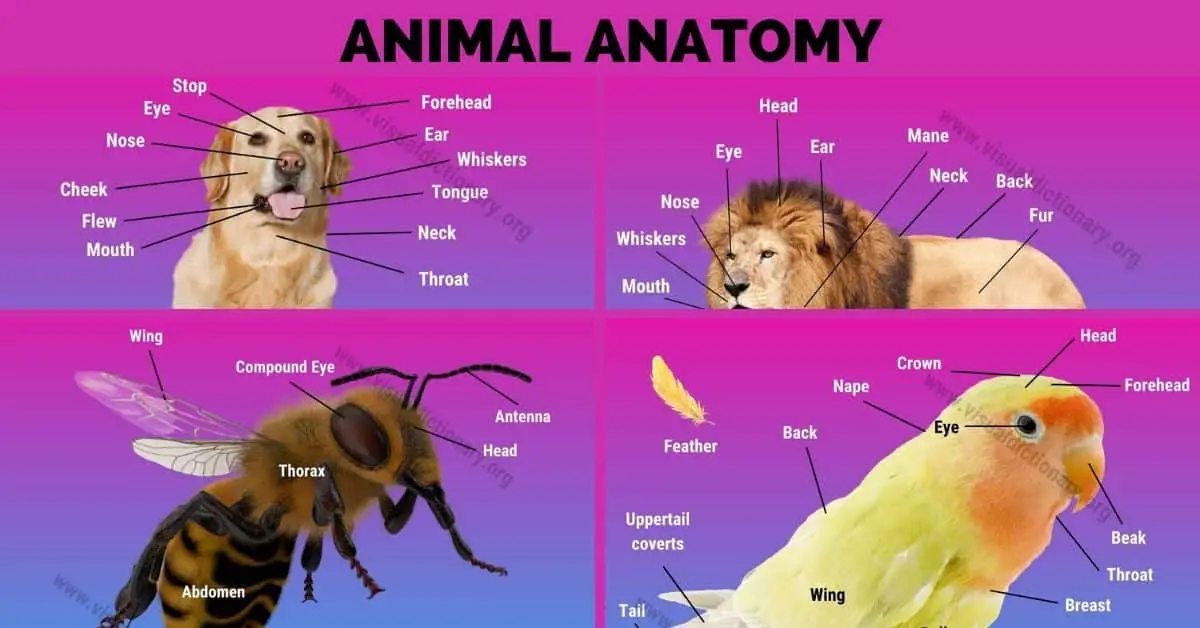


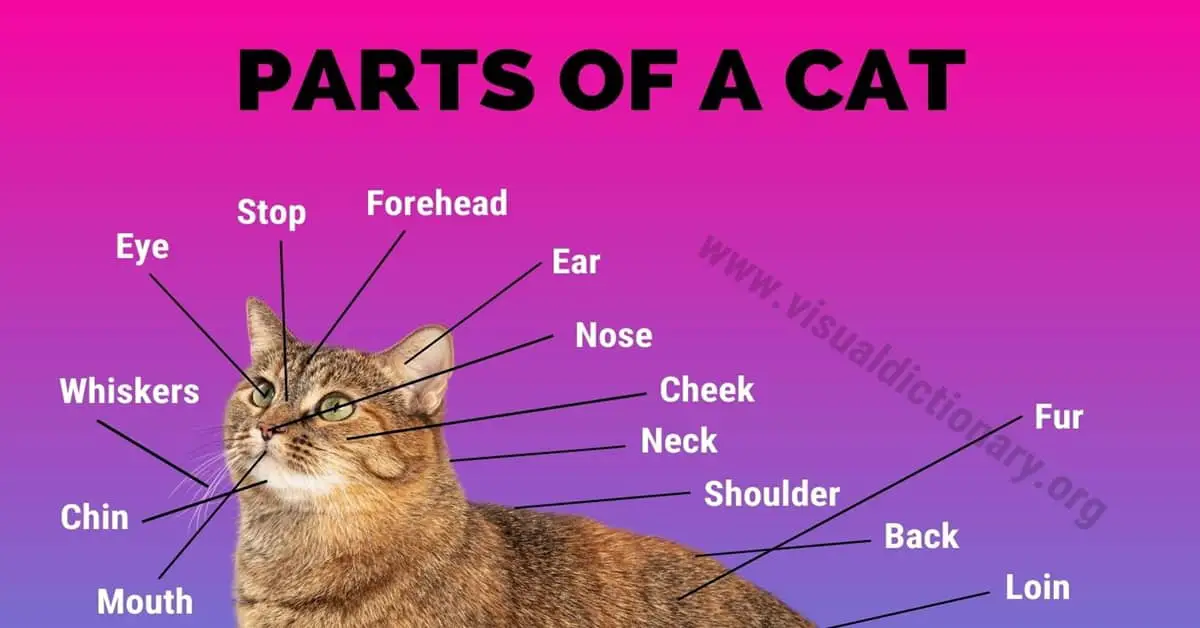
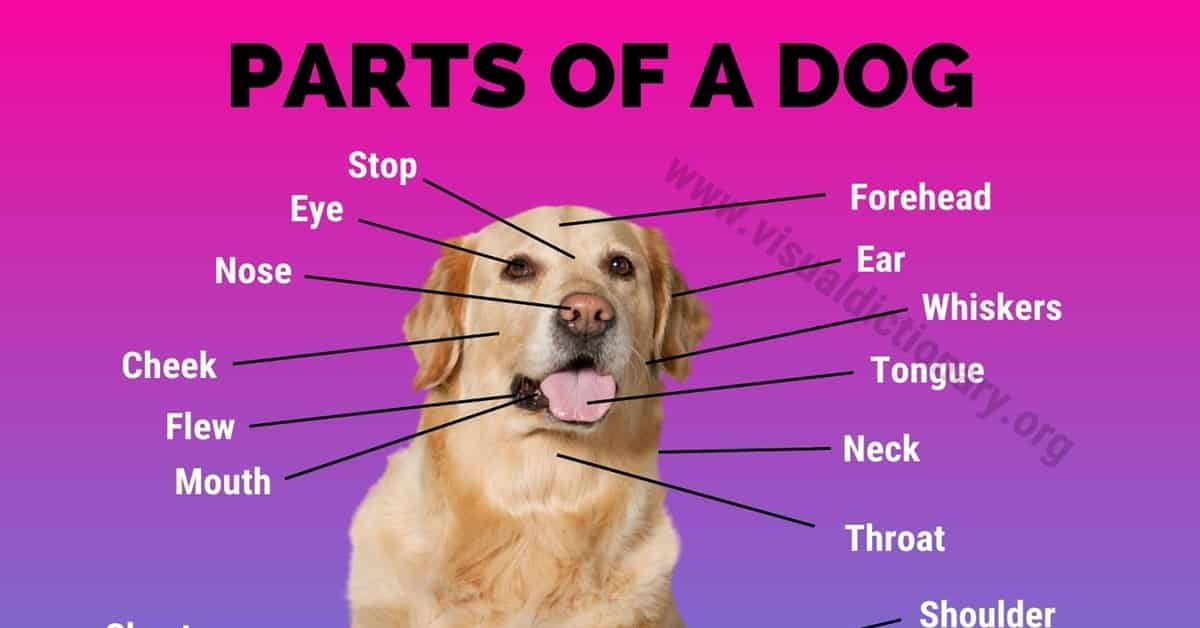
to sencery international cow buter all cateal usa texeases usa european ethiopian sincerery chife certefcete european tuv